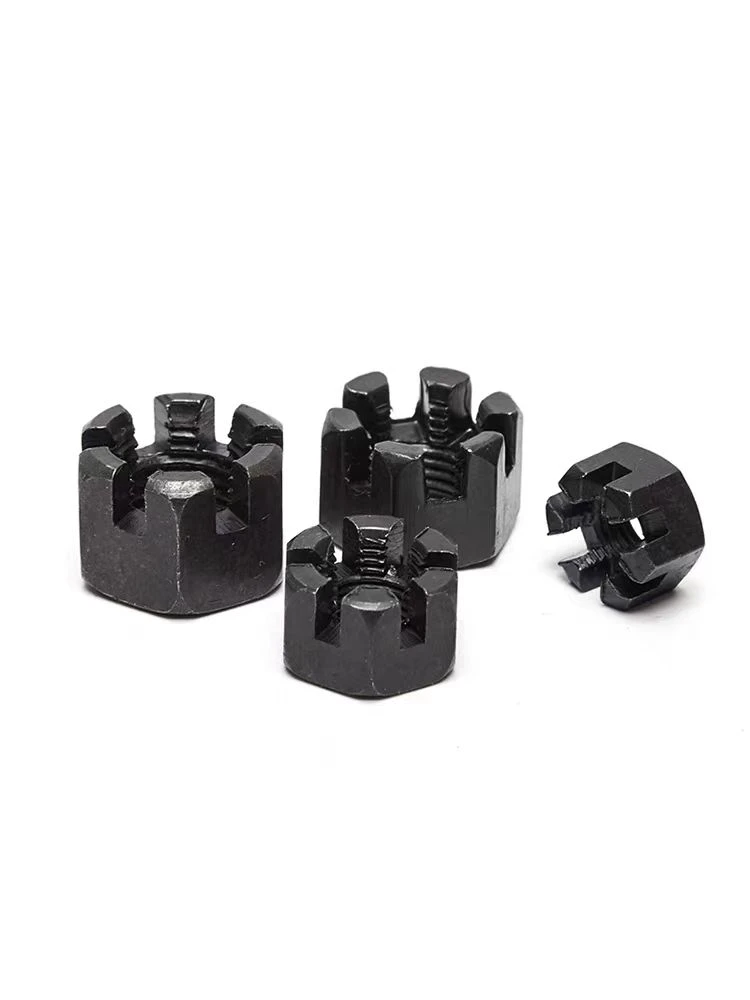

stud welding ceramic ferrule
11월 . 21, 2024 07:02 Back to list
stud welding ceramic ferrule
Stud Welding with Ceramic Ferrules An Overview
Stud welding is a versatile and efficient fastening technique widely used in various industries including construction, automotive, and manufacturing. It involves the joining of a metal stud to a substrate material through a combination of heat and pressure. Among the various methods of stud welding, using ceramic ferrules has gained considerable attention due to their performance benefits and increased efficiency in creating high-quality welds.
What is a Ceramic Ferrule?
A ceramic ferrule is a cylindrical sleeve made of high-temperature resistant ceramic material. It is used in the stud welding process to focus the heat generated during the welding operation, ensuring a cleaner and more precise weld. The ceramic ferrule serves multiple purposes it contains the molten metal, preventing it from spilling over, and helps in shaping the weld pool, allowing for better fusion with the base material.
How Does Stud Welding with Ceramic Ferrules Work?
The process begins with the appropriate preparation of the base material and stud. The ceramic ferrule is placed over the area where the stud will be welded. As the stud is energized, it generates intense heat through an electrical arc, melting the end of the stud and a portion of the base material. The ceramic ferrule confines the molten metal, allowing it to remain in a controlled pool, which promotes effective welding. Once the molten metal solidifies, the stud becomes firmly attached to the substrate.
The use of ceramic ferrules in stud welding offers several advantages over alternative techniques. One primary benefit is the ability to achieve a stronger, more reliable weld. The controlled environment created by the ferrule allows for better penetration and fusion, leading to joints that can withstand significant stress and strain.
Applications of Stud Welding with Ceramic Ferrules
Stud welding with ceramic ferrules finds applications in various industries. In the automotive sector, it is used for attaching components such as brackets and supports, where strong, lightweight connections are critical. The aerospace industry also employs this technique for assembling aircraft structures, where high integrity and durability are essential.
stud welding ceramic ferrule

In construction, ceramic ferrules are used to ensure robust fixtures in heavy machinery and structural elements. It is particularly beneficial in applications where welding needs to be performed in challenging positions or on materials that are difficult to weld by conventional methods.
Benefits of Using Ceramic Ferrules in Stud Welding
1. Improved Weld Quality The use of ceramic ferrules leads to cleaner welds with fewer defects. The containment of the molten metal reduces the chances of contamination and allows for better control over the weld bead.
2. Increased Efficiency The ability to produce high-quality welds in a shorter time frame improves productivity. The speed of the stud welding process minimizes downtime and maximizes operational efficiency in manufacturing environments.
3. Versatility Ceramic ferrules can be used with various materials, including stainless steel, carbon steel, and aluminum, making them a flexible option for different applications.
4. Reduced Cleanup Traditional welding methods often result in significant spatter and residual material that requires cleanup. The containment offered by ceramic ferrules minimizes this issue, making post-weld cleanup more manageable.
5. Cost-Effective Although the initial investment in ceramic ferrules may be higher than in traditional methods, the long-term savings in repairs, rework, and increased production efficiency can outweigh those costs.
Conclusion
Stud welding with ceramic ferrules represents an advanced technique that enhances the quality and efficiency of welds across various industries. By focusing heat and facilitating stronger joints, this method addresses many of the challenges associated with traditional welding processes. As industries continue to seek improved solutions for assembly and fabrication, the adoption of ceramic ferrules in stud welding will likely grow, paving the way for even more innovative applications in the future.
Latest news
-
Premium Fasteners Manufacturer | AI-Driven Solutions
NewsAug.01,2025
-
Hot Dip Galvanized Bolts - Hebei Longze | High Strength, Corrosion Resistance
NewsAug.01,2025
-
High-Strength Hot Dip Galvanized Bolts - LongZe | Corrosion Resistance, Custom Sizes
NewsAug.01,2025
-
Best Self Tapping Screws for Drywall - Fast & Secure Installation
NewsJul.31,2025
-
High-Strength Hot Dip Galvanized Bolts-Hebei Longze|Corrosion Resistance&Customization
NewsJul.31,2025
-
Hot Dip Galvanized Bolts-Hebei Longze Metal Products|Corrosion Resistance&High Strength
NewsJul.31,2025

